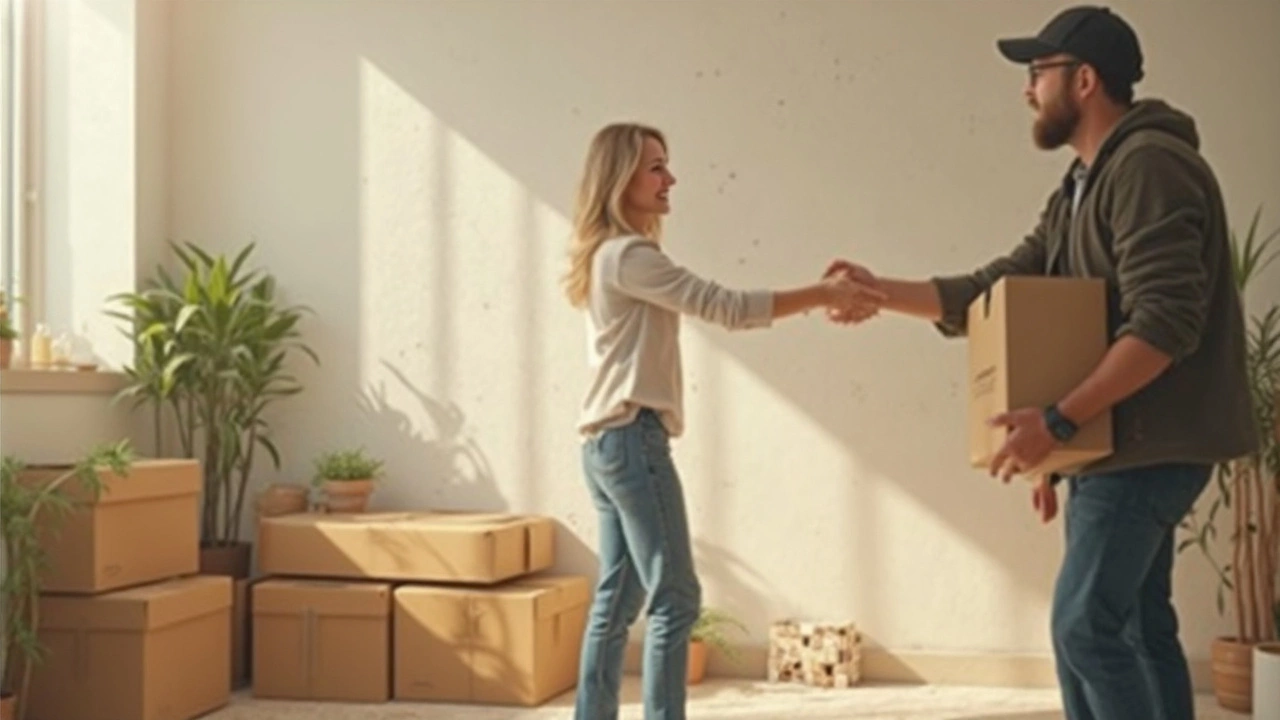End of Lease Cleaning Made Simple
If you’re about to hand over the keys, the biggest worry is the cleaning. A clean flat means you get your deposit back and leaves the landlord happy. Below you’ll find the exact steps you need, from the bedroom to the kitchen, without any fluff.
Key Areas to Tackle
Bedrooms and mattresses: Most tenancy agreements list mattress cleaning as part of the job. Start by vacuuming the surface, then spot‑clean any stains with a mix of warm water and a little dish soap. For odours, sprinkle baking soda, let it sit 15 minutes, then vacuum again. If the smell persists, use an enzymatic cleaner – it breaks down urine and pet messes, not just masks them.
Bathrooms: Scrub tiles, grout, and the shower head with a vinegar‑water solution. A paste of baking soda and a little dish soap works well on the toilet bowl and sink. Rinse everything thoroughly to avoid residue that can attract dirt.
Kitchen: Wipe down all surfaces, inside cabinets, and the oven door. For built‑up grease, a paste of baking soda and a few drops of lemon juice cuts through the grime. Run the dishwasher empty on a hot cycle to clear any food particles.
Floors: Sweep or vacuum first, then mop with a mild floor cleaner. If you have carpet, a quick steam clean removes dust and stains. Spot‑clean spills immediately to prevent permanent marks.
How to Save Money and Time
DIY cleaners are cheap and effective. Baking soda, white vinegar, and dish soap handle most jobs. Keep a small kit ready so you’re not scrambling at the last minute.
Plan your cleaning day in zones. Spend 15 minutes on each room, take short breaks, and you’ll finish faster than trying to clean the whole flat in one marathon.
If you’re short on time, hire a professional end of tenancy service for the heavy lifting – they’ll handle deep carpet cleaning and oven interiors. Make sure the contract spells out what’s included, especially mattress cleaning, so you don’t get surprise charges.
Finally, do a quick walk‑through with a flashlight. Dark corners often hide crumbs, hair, or missed spots. Spot‑checking now saves you a call from the landlord later.
Follow these steps, and you’ll hand over a spotless place, keep your deposit, and walk away without stress.

Are Nail Holes Normal Wear and Tear in California?
Ever wondered if you’re on the hook for those tiny nail holes when you move out in California? This article gets straight to the point about how landlords and tenants should handle nail holes during end of tenancy. Find out what’s legally considered normal wear and tear, what might put your security deposit at risk, and simple ways to prevent arguments. Expect California-specific facts, real-life tips, and answers to common questions, all in plain language.
Read More
Can a Landlord Charge for Painting After You Move Out in California?
In California, when you move out, you might wonder if your landlord can charge you for painting. This article explains the rules and conditions under which a landlord can impose such charges. Understand the difference between normal wear and tear and damage that might require you to cover painting costs. Get tips on how to handle any disputes and know your rights as a tenant.
Read More